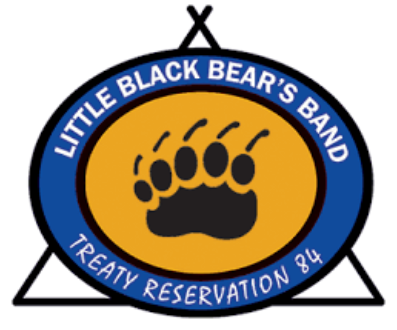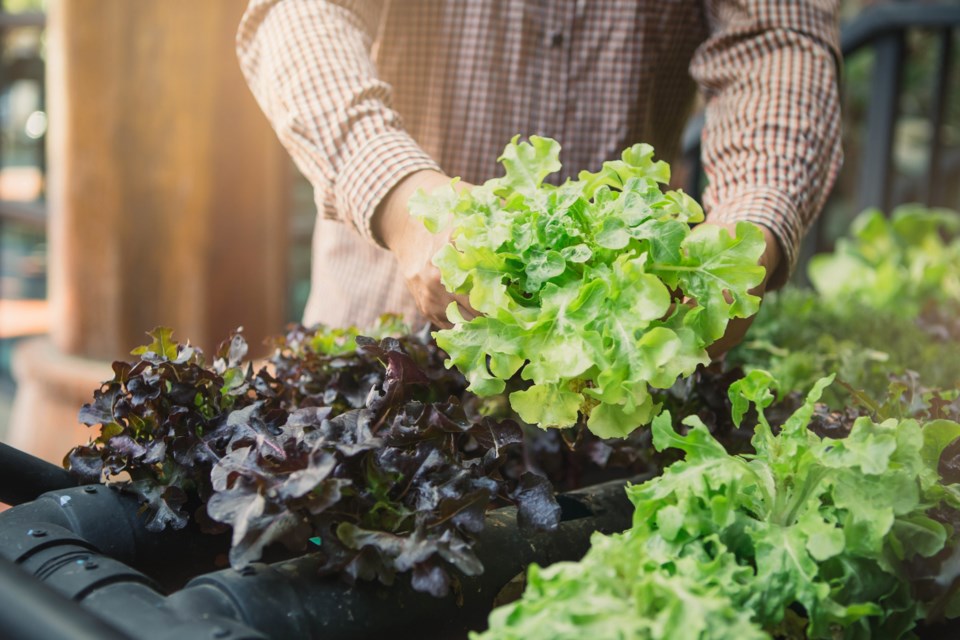Nestled in the rolling File Hills of southern Saskatchewan, the Cree and Assiniboine Little Black Bear First Nation of 660 members and 227 residents has made economic development a top priority in recent years. The community is about midway through the development stage of an aquaponics facility that will combine both an aquaculture and a hydroponics operation under one roof. Construction of the facility on reserve land is expected to begin this summer.
The project began with an idea and blossomed into a project early in 2021. Phase one of the project was the development of a business plan which confirmed that the project was feasible and that an aquaponics facility could be economically viable. The business plan determined that the aquaculture component of the facility could produce up to 125 metric tonnes of fresh Steelhead (rainbow trout) annually and that the hydroponics side would produce a wide variety of vegetables and herbs such as lettuce, spinach, peppers, mint, sage and basil. Tomatoes and certain medicinal plants such as yarrow and sweetgrass will also be grown.
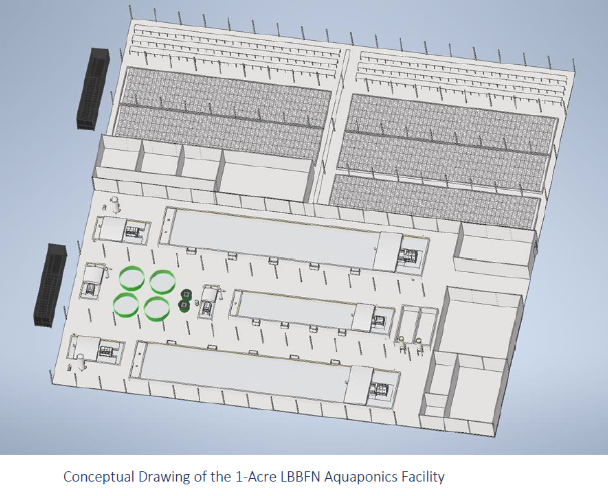
Little Black Bear First Nation currently farms 800 acres of various grains for which it received its organic certification in 2021. The community is planning to expand its agricultural production annually to include vegetables, medicinal plants and experiment with growing ceremonial tobacco. The aquaponics facility will be a great fit to the organic farm providing seedlings every year for the expanding vegetable, medicinal plant and tobacco operations.
The community’s Economic Development Projects Manager Shane Bellegarde, one of the founders of the project, says the new facility is a big step forward for his community. ”The aquaponics project will bring job creation, additional revenue and food security to our community. Those are the most important benefits. But it will also become a key component to our expanding organic farming operations. And that will be a great boost to our business.”
Phase two of the project got underway in the Spring of 2022 with necessary preliminary steps. The determination of the site on which the facility would be built was first in line. This was followed by the drilling of a well to ensure that the chosen site had enough water to meet the facility’s requirements of 40 gallons per minute. A geotechnical survey was conducted to ensure that ground conditions of the site were suitable to support the infrastructure.
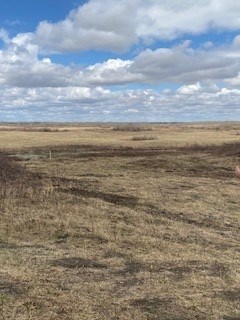
The next step was to begin capacity building and the training of future employees. Ten community members are now enrolled in an online training program with Lethbridge College. This course offers preliminary, introductory courses aimed at familiarizing trainees with aquaculture and hydroponics operations. This will provide a base of knowledge that will prepare the trainees for the more detailed and practical onsite training that will take place once the facility is built.
The last pre-construction tasks that need to be accomplished are the preparation of roads to the facility and the levelling of the site. It is a one-acre site on which will sit the facility of over 40,000 square feet.
Located side-by-side inside the facility, the aquaculture and hydroponics sections will each occupy about 45 percent of the floor space of the temperature-controlled greenhouse structure. Essential refrigerated food storage areas, harvesting, processing and packaging rooms, washrooms and electrical/mechanical areas are also included in the planned drawings. The business will be Band-owned and operated under the jurisdiction and authority of the community’s Chief and Council.
The RAS (recirculating aquaculture system) area will have three long bays for fish production.
As the name suggests, water for the fish production is continually recirculated through a system of physical and biological filters which clean the water before it is oxygenated and sent back to the aquaculture tanks. Using a RAS system allows for greater control of the fish rearing environment while reducing water consumption from the well. Maintaining water quality is crucial in RAS and the facility will use a combination of real-time sensors for oxygen and pH monitoring while other water quality parameters will be monitored daily by trained aquaculture technicians. This constant system monitoring is crucial to maintaining healthy fish. To that end many additional alarms will be built into the system to ensure staff are notified immediately if any system parameter is out of spec.
Rainbow trout take approximately 16 months to reach the targeted weight. While the community plans to distribute a portion of the trout to community members for food security, it is working on a plan to process trout on site by adding a fileting capacity for commercial sale. Mr. Bellegarde is confident about the future of commercial operations: “There is a strong market for rainbow trout that we will tap into and by doing so, we will create additional processing jobs for our youth.”
Products grown in the hydroponics section will also serve to enhance the community’s food security and will be integrated to the commercial operations of the community’s organic farm. The floor space will be divided into sections for each vegetable, herb and medicinal plant grown in the facility. There will also be a section for experimentation.
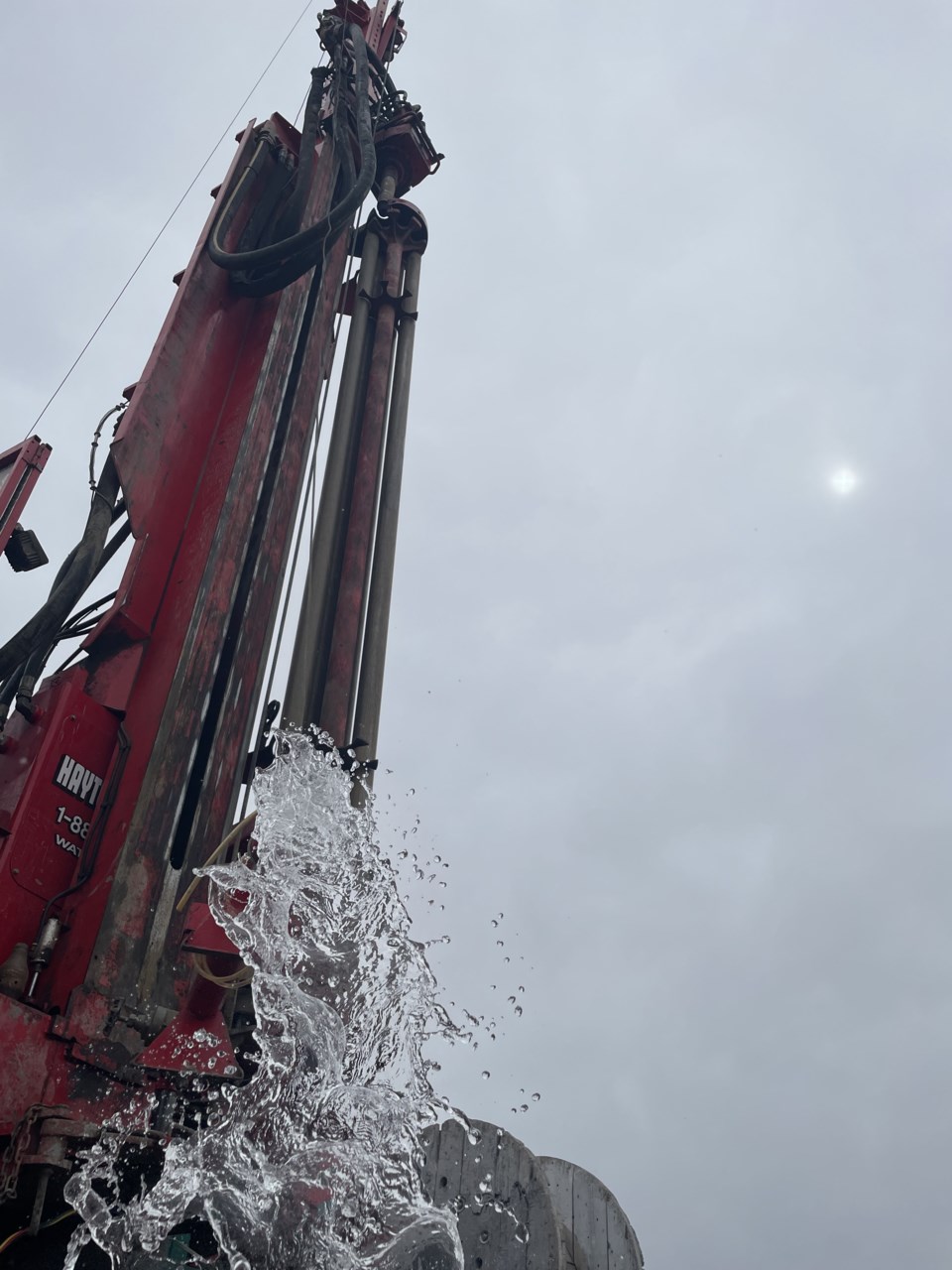
The facility is expected to be operational by mid-2024. There will be a learning curve and training period prior to the beginning of operations. “Just thinking about opening day raises passions and creates great excitement. The anticipation generated by the project resonates throughout the community,” added Mr. Bellegarde. “However, we have a lot of work to do before we reach that goal and we are more than up for the challenge.” Once it is up and running, steps will be taken to have the facility certified as organic as soon as possible.
The project is forecast to create up to 8 full-time jobs for those managing the facility and overseeing the facility’s production process. The fileting operation will add more jobs. Community members will also benefit from part-time employment opportunities at harvest time. Mr. Bellegarde concludes by highlighting a vital aspect of the project: “Our community members are our most valuable resource. This project will provide long-term employment for our people and training opportunities for the youth of our community that will prepare them to become future business leaders and ensure the long-term sustainability of the business.”
Little Black Bear First Nation is proud of this project and wish to acknowledge the professionalism of Waubetek Business Development Corporation for their invaluable assistance.
They also want to express their appreciation to the Northern Integrated Commercial Fisheries Initiative (NICFI) program at the Department of Fisheries and Oceans Canada for their support. But it’s the leadership and determination of community leaders that are driving this great project forward toward the highly anticipated ribbon-cutting in 2024. From then on, the benefits of great jobs, higher revenues for the community and food security now, and for generations to come will no longer be a dream.
Learn more about what Waubetek Business Development Corporation is doing online here.
